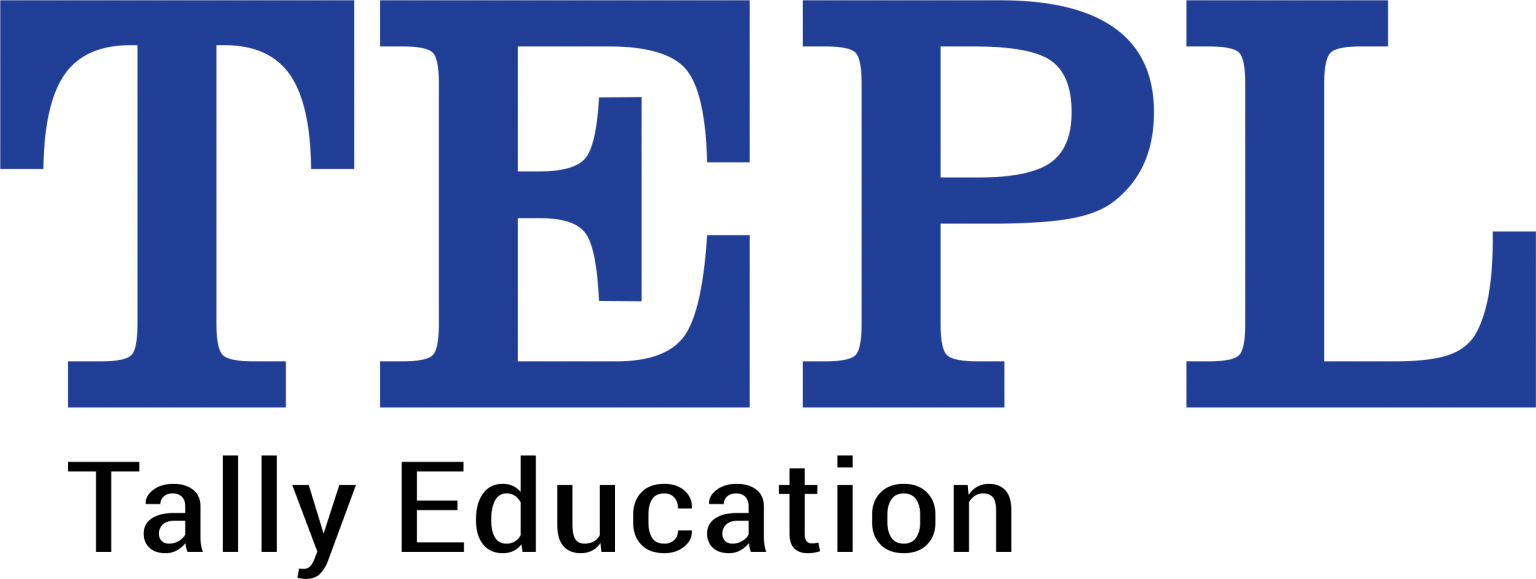e-Invoicing is a system that allows the Invoice Registration Portal (IRP) to authenticate B2B and B2G invoices electronically.
e-Invoicing is the process of uploading all your B2B transactions (Sales, Credit Notes and Debit Notes made to businesses including all types of exports) on the IRP (invoice registration portal) for authentication or registration. Once authenticated, the IRP will issue a unique IRN (Invoice reference number) for every invoice. This IRN will need to be converted to a QR code along with other invoice info and printed on the face of the invoice for it to be considered valid.
Benefits of e-Invoices to the businesses
The following are the benefits of generating e-Invoicing in a business:
- Reduce mismatch errors
- Real-time tracking of invoices prepared by the supplier
- Reduces reporting of the same invoice details multiple times in different forms. It’s just a one-time upload and everything, as required, will get pre-populated.
- On uploading invoices, the details will be auto-captured in the GSTR-1 return.
- Faster availability of genuine input tax credit
- Increase efficiency in tax administration by eliminating fake invoice
Date of implementing GST e-invoicing
The GST Council has approved the introduction of e-invoicing in a phased manner for reporting of business–to–business (B2B) invoices to the GST System. This will be introduced based on turnover criteria as detailed in Table 1.1:
Businesses having a turnover of more than | The new date of mandatory implementation of e-invoice |
500 Crores | 1st October 2020 |
100 Crores | 1st January 2021 |
50 Crores | 1st April 2021 |
20 Crores | 1st April 2022 |
10 Crores | 1st October 2022 |
5 Crores | 1st August 2023* |
Note: The Turnover for implementing e-Invoice in a business is the Turnover in the last 3 preceding Financial Years (Starting 2020-21) * Turnover in the last 3 preceding Financial Years (Starting 2020-21) | |
Table 1.1
As mentioned in Table 1.1, the e-invoicing system is already in place for larger businesses with turnovers up to 500 crores from 1st October 2020. The mandatory implementation of an e-invoicing system for all businesses with a turnover of 100 crores and above is from 1st January 2021. For businesses whose annual turnover is 50 Crores and above, the implementation was from 1st April 2021.
The e-Invoicing system is applicable for businesses whose annual turnover is 20 Crores starting from 1st April 2022, vide notification no. 1/2022.
The e-Invoicing system is applicable for businesses whose annual turnover is 10 Crores starting from 1st October 2022, vide notification no. 17/2022.
The e-Invoicing system is applicable for businesses whose annual turnover is 5 Crores starting from 1st August 2023, vide notification no. 10/2023.
Note: The Turnover for implementing e-Invoice in a business is subject to change based on the Government Notification with the effective date.
There may be situations where the IRN is generated for a particular voucher, but you might have to cancel it. This can happen when there is a change in the rate of an item, or if the party has cancelled the order, Incorrect entry or Duplicate entry. In such cases, you may want to cancel the invoice.
As per department regulations, invoice cancellation must be done within 24 hours of IRN generation. If an e-Way Bill is already generated for the IRN, it cannot be cancelled. Partial cancellation of an e-Invoice is not possible; hence, the whole of the invoice needs to be cancelled.
E-invoices once generated cannot be modified on IRP. E-invoices will have to be cancelled for such invoices. A new invoice will have to be raised and uploaded on IRP since the same invoice number cannot be used for the generation of IRN. Beyond that debit note or credit note can be raised to nullify the invoice information.
In case an IRN is cancelled, then GSTR-1 will also be automatically updated with such a ‘cancelled’ status.
Role of e-Invoice in GST Returns
Once a GST invoice is uploaded to IRP, the invoice information will be auto-populated in GSTR 1 of the supplier and GSTR 2A/2B of the recipient.
The supplier can modify invoice details in GST returns; however, these modifications will be applied only to GST Returns, and not to e-invoices.
IRP is known as the Invoice Registration Portal. A system used to validate the authenticity of the GST invoices.
IRP accepts the GST invoice prepared by the taxpayer, Validates the document as per the e-Invoice schema and performs additional checks on the contents of the e-Invoice, Generates a unique Invoice Reference Number (IRN) with 64 characters, digitally signs the e-Invoice, and generates an e-Invoice QR Code with high-level details of the invoice and reply to the user with these details.
Functions of IRP
- Generating Invoice Reference Number (IRN)
- Validating IRN
- De-duplication of IRN
- Signing Invoices Digitally
- Generating QR Code
- Links with other department systems (GST and E-Way Bill System)
- Sending Invoice To Both Supplier and Recipient
Invoice Reference Number (IRN)
The Invoice Reference Number (IRN) is a 64-character unique number. IRN helps buyers, tax authorities and anyone else, to whom it matters, to uniquely identify the invoices raised in India. IRN will be formed by combining the following details and computing SHA 256 hash (Secure Hash Algorithm):
- Supplier GSTIN
- Financial Year of the Invoice
- Document Type (Invoice, Credit Note, etc.)
- Invoice Number or Document Number
Conclusion
GST e-Invoicing emerges as a revolutionary in taxation and invoicing. It offers businesses a powerful tool to simplify compliance, streamline operations, and reduce errors. By embracing this digital transformation, organizations can experience enhanced efficiency, improved data accuracy, and better transparency. The era of manual invoicing is gradually giving way to the era of automation and seamless integration. With GST e-Invoicing, businesses can stay ahead of the curve, adapt to regulatory changes effortlessly, and pave the way for a more efficient and digitized future.



